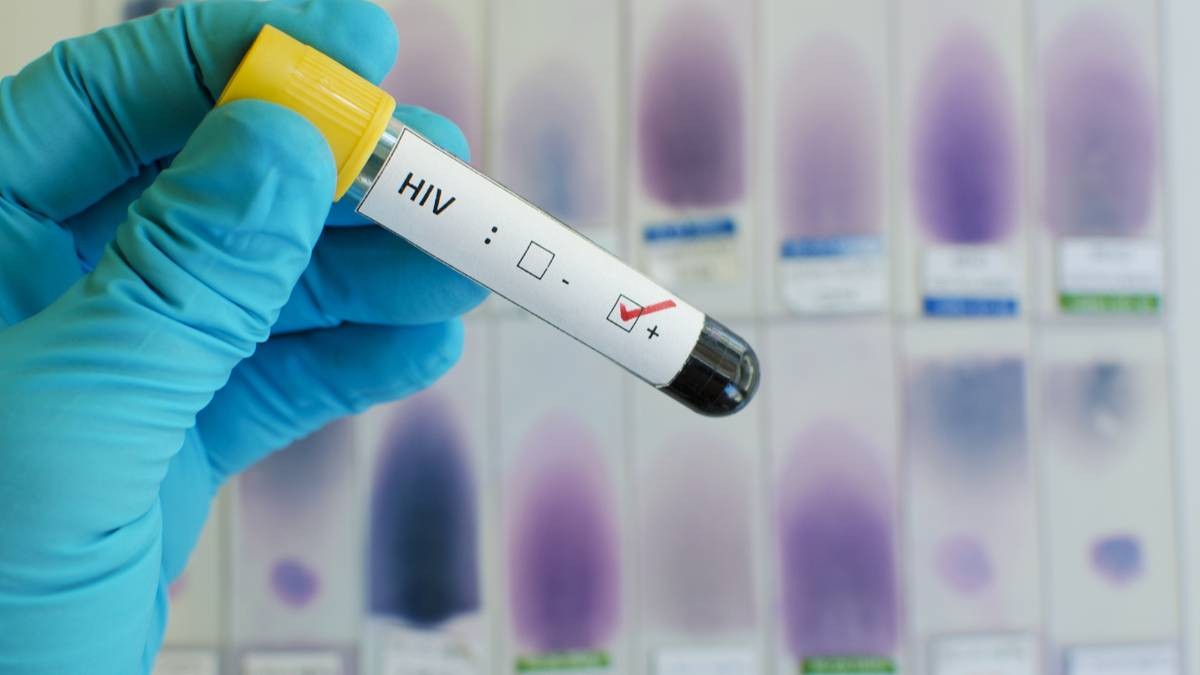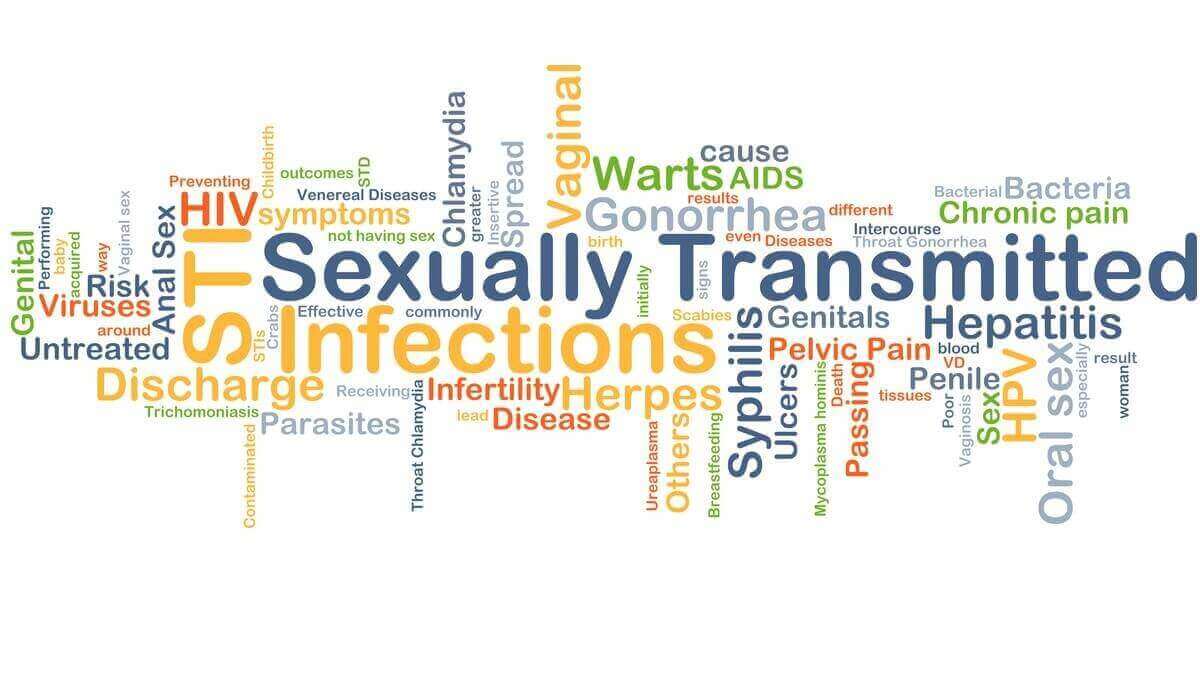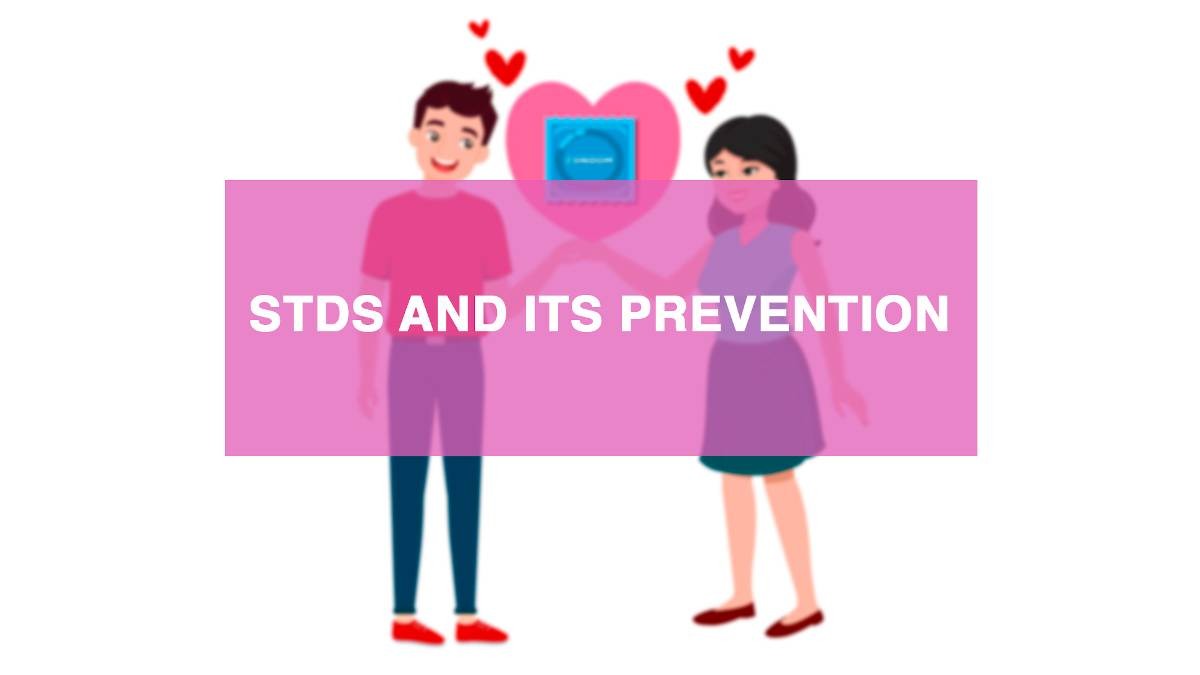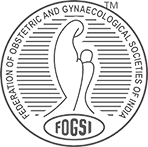Polycystic ovarian syndrome/disorder (PCOS/PCOD) is the most common endocrine disorder in women.
However, PCOD in adults is different from that in teens. Right from diagnosing the condition until managing the same, it requires a different approach to handle adolescent PCOD.
Teenage is the initial phase of reproductive life. Having PCOD at this time requires early diagnosis and prompt treatment to resolve the issue. Identifying girls at risk for PCOS and implementing preventive strategies and therapeutic measures early, serve as an effective means of eliminating some of the long term complications associated with the syndrome.
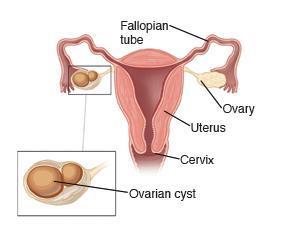
Diagnosis of Adolescent PCOD:
Like adults, adolescent PCOD cannot be determined directly. PCOD in adolescents is calculated depending on the ovulatory mechanism and with the help of androgen hormones.
Ovulatory dysfunction can be calculated based on the specific symptoms that you may experience.
It includes:
- Lack of periods consecutively for more than 90 days right from the first year of the menstrual cycle.
- When your menstrual cycle is of less than 21 days or more than 45 days continuously for a period of more than two years.
- If you don’t get periods even after 15 years of age, or 2-3 years after breast budding.
Likewise, excessive androgen hormone is also determined by some of the bodily changes. It includes,
- Acne that is unresponsive to topical therapy.
- Moderate to excessive hirsutism.
- Persistently high testosterone level in the blood.
In case, if you have the above signs and symptoms, it is better to consult a gynecologist and begin the treatment for PCOD, even if there is no definitive diagnosis at present. Starting the treatment at the earliest will help avoid any major complications that may arise in the future.
Treatment for Adolescent PCOD:
- The first and foremost way to treat PCOD is by changing your lifestyle. A sedentary lifestyle, unhealthy diet, and improper sleep will certainly cause hormonal imbalance. You need to keep a check on these if you are obese.
- Keeping your body within BMI is very crucial to fight against PCOD. Regular physical exercise, eating natural and healthy foods, avoiding preservatives and junk products, adequate sleep is significant in balancing and regularizing hormones.
- You may be prescribed a combination of oral contraceptives for managing menstrual irregularities and prolonged acne.
- Your doctor may prescribe Biguanides to control your weight and to optimize your glycemic level.
PCOD is a combination of metabolic, physical, hormonal, and psychological changes that affect an individual. The symptoms of PCOS tend to overlap with regular pubertal changes. Diagnostic criteria for adolescent PCOS differ from adolescent PCOS. Lifestyle changes and weight loss alone can get hormone levels back to normal. Symptoms disappear or become less severe with exercise as it improves the body’s sensitivity to insulin. Medical therapy with pills and antiandrogens may be required in some cases: counseling and supportive therapy help in preventing depression. Early treatment ensures a healthy and better life.
Special Thanks to Dr. Pradnya Changede [M.B.B.S, M.S. (Obstetrics And Gynecology), C.P.S, D.G.O, F.C.P.S, F.I.C.O.G, I.B.C.L.C.] for the expert advice.


